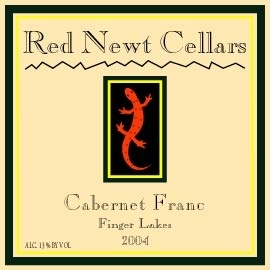 I love Cabernet Franc. There, I've said it. I know many people who are disinclined to this often vegetal-tasting/smelling grape varietal, but I quite enjoy it. Perhaps you've had it and you haven't even realized it. It is a grape that often plays second or third fiddle in Bordeaux blends. If you're palate has taken you to the Loire Valley of France and you enjoyed a red wine from Chinon or Saumur-Champigny, you've enjoyed this varietal on its own. Likewise, you may also have tried a bottle from a California producer, where the grape is increasingly getting a chance to play the lead role. But if you're really lucky, you'll have tasted some from the Finger Lakes region of New York State.
The Finger Lakes is an up-and-coming wine region here in the US. Cold as You-Know-What up in those parts, the Lakes do play a critical role in moderating the otherwise frosty climate. With proper vine grafting, Riesling has done tremendously well (as has Chardonnay). In fact Dr. Frank's Rieslings are thought to rival those of Germany's Saar region. Reds are starting to get some more attention, too. Cabernet Franc from this region has even caught the attention of world-reknowned wine writer, Jancis Robinson. And with good reason.
I love Cabernet Franc. There, I've said it. I know many people who are disinclined to this often vegetal-tasting/smelling grape varietal, but I quite enjoy it. Perhaps you've had it and you haven't even realized it. It is a grape that often plays second or third fiddle in Bordeaux blends. If you're palate has taken you to the Loire Valley of France and you enjoyed a red wine from Chinon or Saumur-Champigny, you've enjoyed this varietal on its own. Likewise, you may also have tried a bottle from a California producer, where the grape is increasingly getting a chance to play the lead role. But if you're really lucky, you'll have tasted some from the Finger Lakes region of New York State.
The Finger Lakes is an up-and-coming wine region here in the US. Cold as You-Know-What up in those parts, the Lakes do play a critical role in moderating the otherwise frosty climate. With proper vine grafting, Riesling has done tremendously well (as has Chardonnay). In fact Dr. Frank's Rieslings are thought to rival those of Germany's Saar region. Reds are starting to get some more attention, too. Cabernet Franc from this region has even caught the attention of world-reknowned wine writer, Jancis Robinson. And with good reason.
My mentor gifted me a bottle of Red Newt Cellars' 2004 Cabernet Franc several months ago. She knows my palate enjoys a good frolick with cab franc and she is in the less-inclined category I mentioned earlier. She is also from upstate New York and knew this would be a good opportunity for me to taste this up and coming New York state wine - wines that are nearly impossible to get hold of here in Massachusetts. I knew it was going to be a fun wine to drink so I bided my time waiting for an opportunity when the weather (temperate) and my dinner menu (something "earthy" involved, e.g. mushrooms, eggplant, rosemary, etc.) were in sync.
Only the comfort of Chicken Marsala, garlic/rosemary mashed potatoes and snow peas would ease our pain from having watched Tom Brady injure himself in the first quarter of last Sunday's game. The evening was gorgeous, too. And so the stars had aligned to pop the cork of the Newt Cab Franc in my cellar.
What we found was a treat. Red Newt Cellars produced a lighter-styled Cab Franc, with gentle tannins and moderate acidity. The fruit was the most distinguishing characteristic, offering bright, ripe red fruits - cranberry and raspberries seemed most evident to me - followed by soft spice and earth. In a blind taste test I may have said it was a Pinot Noir - being both more accustomed to the bigger, bolder Cab Franc offerings I'm used to drinking from CA and lacking (in a refreshing way) the strong bell pepper notes so often evident in wines from the Loire.
True to form (having experience the wine for myself first), the next day I took my notes and went online to see what the winemaker or other "experts" had to say about the wine's characteristics. The winemaker certainly hoped I'd have the experience I did! For the 2005 vintage he writes, "cranberry and raspberry with overtones of smoke and spice make an elegant red that shows well young and ages beautifully. Cabernet Franc is one of the most promising red varieties ever introduced in the Finger Lakes. Structure is typically complex, complete but delicate. Color is moderate to dark and tannins soft." Complete but delicate were probably my happiest memories of the wine - I couldn't have said it better myself!
What's your experience with Cab Franc? Are you as inclined as I to pick up a bottle? Or, is this a new one on you - and one you might take for a test drive in future?
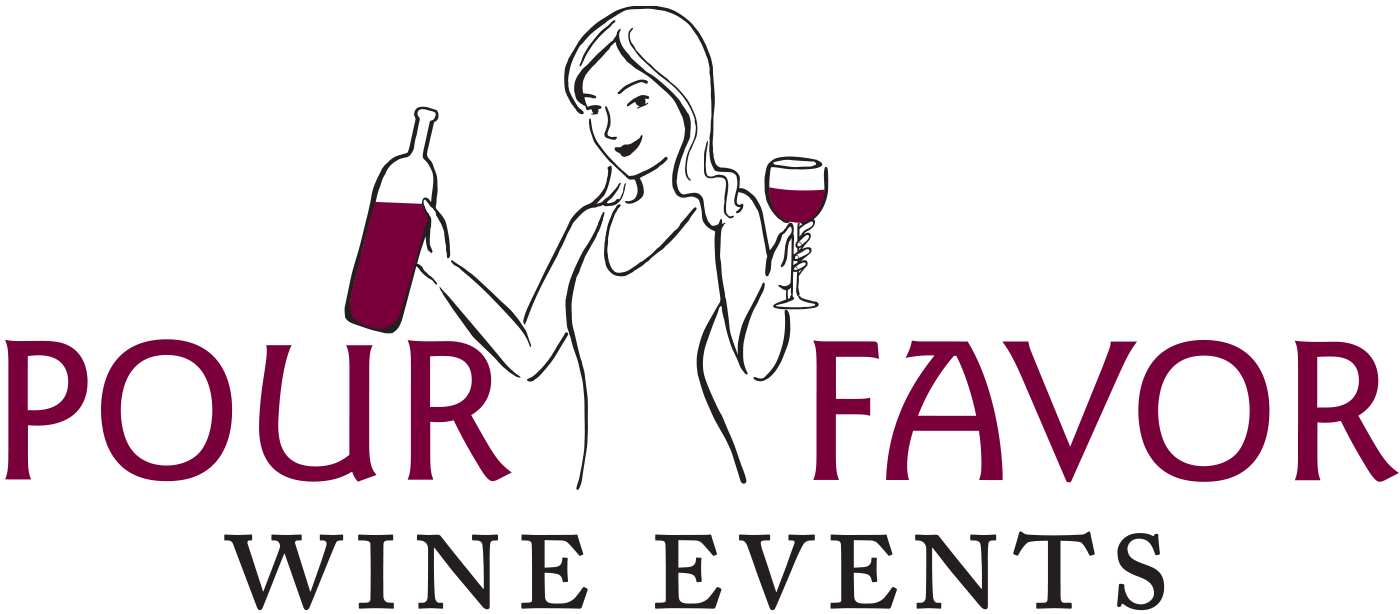

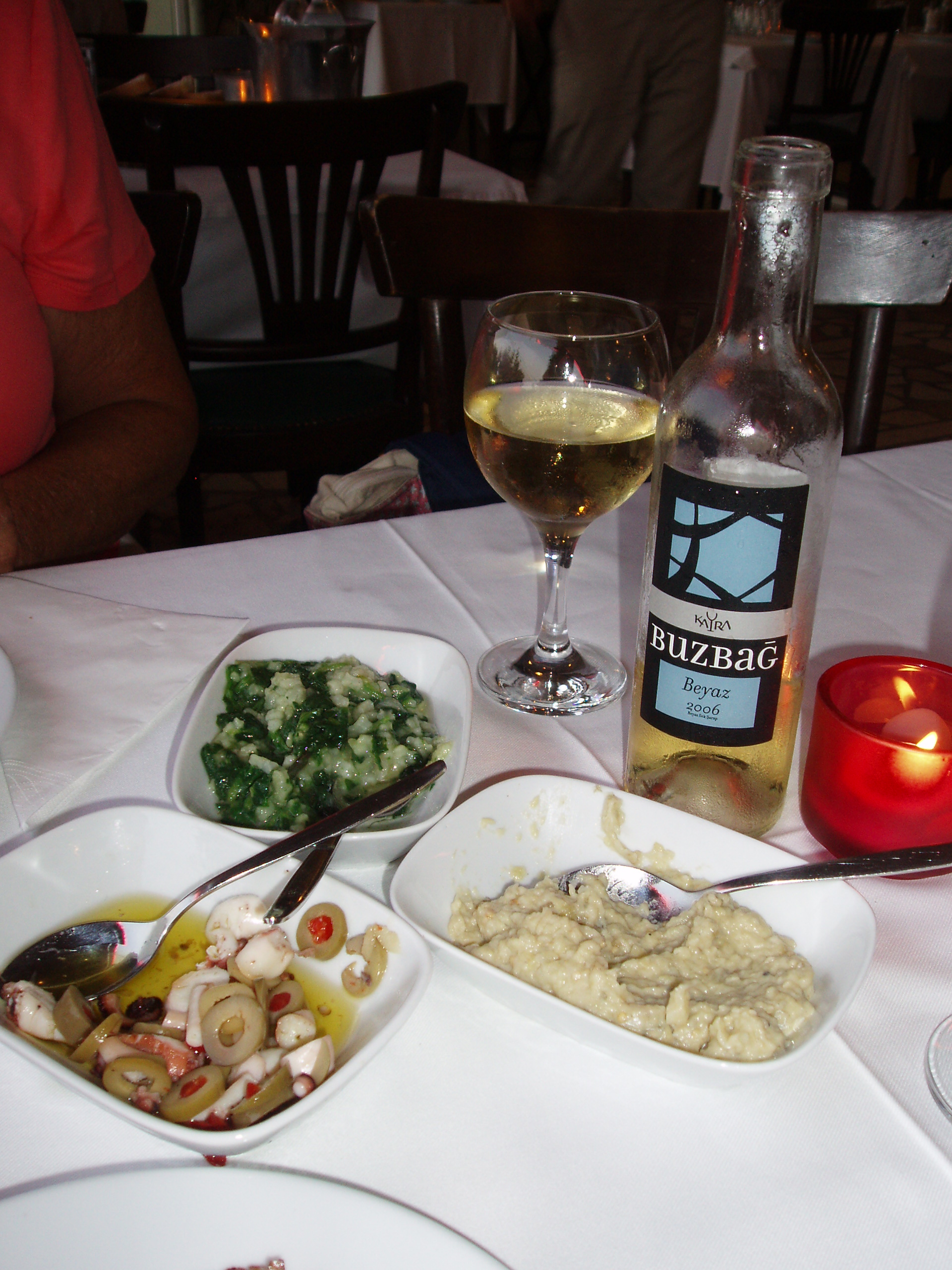 I first had the opportunity to vacation on the lovely (Turkish) Cyprus island two years ago when my friend invited me to stay with her family for a couple of weeks. Whether it was because Turkey is largely a Muslim nation or because my friend's parents don't imbibe very often, drinking wasn't a big part of that trip. I tried Raki once - a strong, clear brandy that tastes of anise - but was not a fan, as my nephew would say. I also remember trying a glass of red wine at a Beer Garden there and found it almost undrinkable. It was so acidic and unbalanced I was happy to stick with the thirst-quenching Effes beer that dominated nightspot venues.
This summer we were visiting for the same friend's wedding celebration and decided to spend a few days in Istanbul on the way. The first night we were there we saddled up to a local
I first had the opportunity to vacation on the lovely (Turkish) Cyprus island two years ago when my friend invited me to stay with her family for a couple of weeks. Whether it was because Turkey is largely a Muslim nation or because my friend's parents don't imbibe very often, drinking wasn't a big part of that trip. I tried Raki once - a strong, clear brandy that tastes of anise - but was not a fan, as my nephew would say. I also remember trying a glass of red wine at a Beer Garden there and found it almost undrinkable. It was so acidic and unbalanced I was happy to stick with the thirst-quenching Effes beer that dominated nightspot venues.
This summer we were visiting for the same friend's wedding celebration and decided to spend a few days in Istanbul on the way. The first night we were there we saddled up to a local 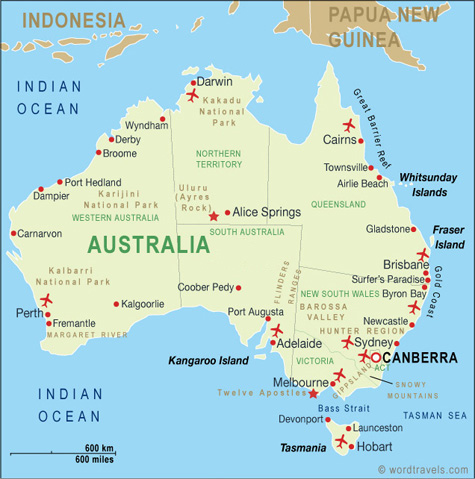 And... she's back! And I haven't let the jetlag from my trip to Istanbul and Cyprus slow me down a bit. Afterall, I have your needs first! I launched right into tasting season here in Beantown on Wednesday afternoon, spitting so you don't have to. Being out in the "field" does challenge a girl to stay on top of other wine related news. But in the fray, I found something this week I thought might be interesting for us to banter about: oenolgoical research.
A few weeks ago I posted about
And... she's back! And I haven't let the jetlag from my trip to Istanbul and Cyprus slow me down a bit. Afterall, I have your needs first! I launched right into tasting season here in Beantown on Wednesday afternoon, spitting so you don't have to. Being out in the "field" does challenge a girl to stay on top of other wine related news. But in the fray, I found something this week I thought might be interesting for us to banter about: oenolgoical research.
A few weeks ago I posted about  You've heard me talk about Syrah here and there over the months. This is because I'm a huge fan of
You've heard me talk about Syrah here and there over the months. This is because I'm a huge fan of  I think many of you can relate when I say I have my "people" for certain services. Hair stylist. Massage guru. Acupuncturist. Physical Trainer. Plumber. You get the idea.... My relationships with these people are critical to the quality of service I receive. My hair stylist recently moved down to Florida, for example. She was fabulous and it took me three other stylist before I "found" her. We shared 3 years of snip-snip bliss. Now, I'll have to make a new investment to find the right person to meet my needs. At least I'm one step closer to hair cut heaven - I like the place I go to.
It's the same when it comes to wine. Two weeks ago I met a couple at a Pour Favor tasting. They were lamenting the selection at their local liquor store. Challenge #1? Liquor stores may (claim to) have a fine wines selection, but if they aren't geared toward wine in particular then they likely aren't seeking out new, quality selections. More likely the "fine" in Fine Wines is up for grabs; you'll notice they stick to the mainstream wines we see so often. I doubt whether they even taste the next vintage of the standard wines they carry each year. Challenge #2? They likely do not have staff on hand who have specialized wine knowledge and are equipped to take you from Yellow Tail* to Yippee!
I think many of you can relate when I say I have my "people" for certain services. Hair stylist. Massage guru. Acupuncturist. Physical Trainer. Plumber. You get the idea.... My relationships with these people are critical to the quality of service I receive. My hair stylist recently moved down to Florida, for example. She was fabulous and it took me three other stylist before I "found" her. We shared 3 years of snip-snip bliss. Now, I'll have to make a new investment to find the right person to meet my needs. At least I'm one step closer to hair cut heaven - I like the place I go to.
It's the same when it comes to wine. Two weeks ago I met a couple at a Pour Favor tasting. They were lamenting the selection at their local liquor store. Challenge #1? Liquor stores may (claim to) have a fine wines selection, but if they aren't geared toward wine in particular then they likely aren't seeking out new, quality selections. More likely the "fine" in Fine Wines is up for grabs; you'll notice they stick to the mainstream wines we see so often. I doubt whether they even taste the next vintage of the standard wines they carry each year. Challenge #2? They likely do not have staff on hand who have specialized wine knowledge and are equipped to take you from Yellow Tail* to Yippee!
 Big, red, New World wines (California and Australia) were my first real introduction to the wine world. My Phoenix upbringing/roots made those wines easily accessible in the local market; meanwhile, my older brother and sister-in-law had gotten a jump start on traveling to the CA wine country in search of the best wines on offer. I can't remember exactly which year it was they came across
Big, red, New World wines (California and Australia) were my first real introduction to the wine world. My Phoenix upbringing/roots made those wines easily accessible in the local market; meanwhile, my older brother and sister-in-law had gotten a jump start on traveling to the CA wine country in search of the best wines on offer. I can't remember exactly which year it was they came across  This weekend I was put to the test while bantering with some folks about wine/food pairing. The query?
This weekend I was put to the test while bantering with some folks about wine/food pairing. The query?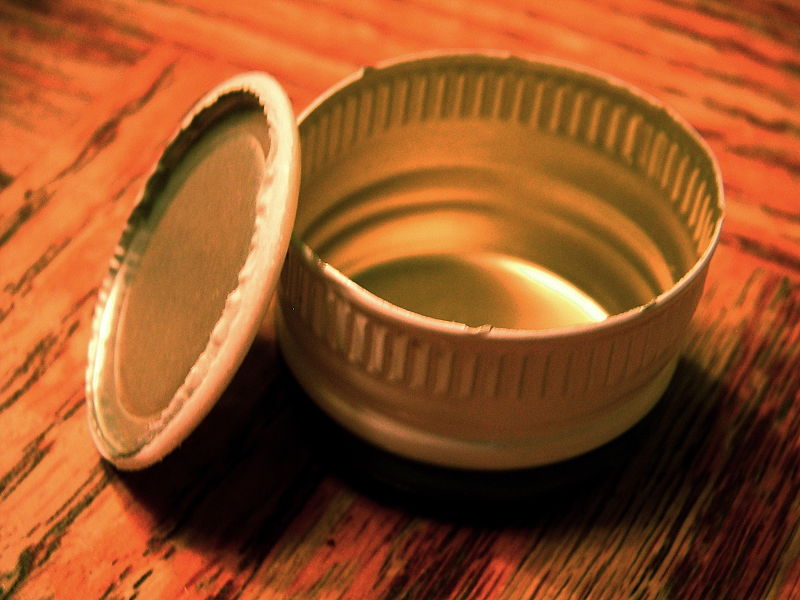 I'm sure you have read numerous articles about how the world of
I'm sure you have read numerous articles about how the world of 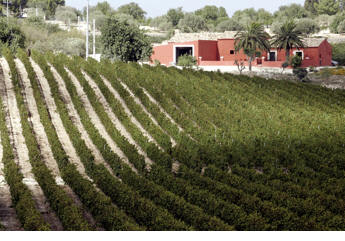 Though it's raining and 63 degrees here today in Boston, it's still summer. That means our wine reps are bringing out all the clever white wines they can find to further enhance the shop's boutique selection of wines - before it gets more permanently chilly and whites lose some of their selling power.
Yesterday I had the opportunity to try
Though it's raining and 63 degrees here today in Boston, it's still summer. That means our wine reps are bringing out all the clever white wines they can find to further enhance the shop's boutique selection of wines - before it gets more permanently chilly and whites lose some of their selling power.
Yesterday I had the opportunity to try